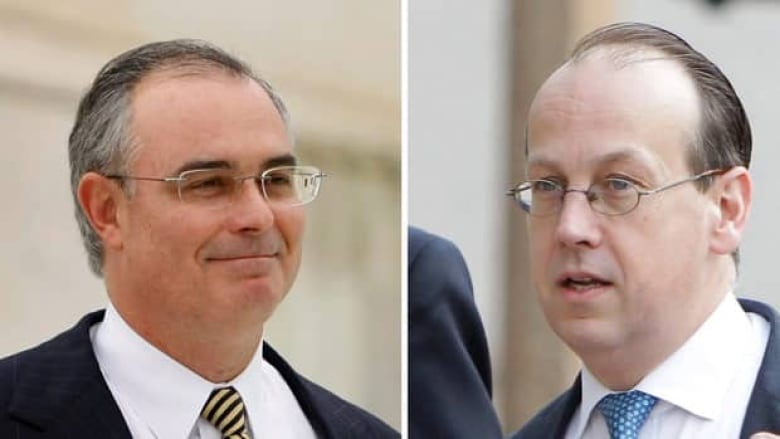NFL, players await judge's ruling after presenting on concussion risks
Senior U.S. District Judge Anita Brody to weigh arguments

Senior U.S. District Judge Anita Brody has a billion-dollar problem on her hands.
Brody, of Philadelphia, heard arguments Tuesday on whether lawsuits that accuse the NFL of glorifying violence and hiding known concussion risks belong in court or in arbitration.
Brody could side with the 4,200 players and let them pursue lawsuits, or she could rule for the league and find that head injuries are covered under health provisions of the collective bargaining agreement.
Or she could issue a split decision, letting some of the fraud and negligence claims against the NFL move forward in court. Her decision could be worth more than a billion dollars — and is expected to be appealed by either side, spawning years of litigation.
"There are people who aren't going to be able to be around long enough to find out the end of this case, and my husband is one of them," said Eleanor Perfetto, the widow of guard Ralph Wenzel, who played for Pittsburgh and San Diego from 1966 to 1973. "He died last June, and I'm here for him. He was sick for almost two decades and, in the end, had very, very severe, debilitating dementia."
In the closely-watched court arguments Tuesday, NFL lawyer Paul Clement insisted that teams bear the chief responsibility for health and safety under the contract, along with the players' union and the players themselves.
"The clubs are the ones who had doctors on the sidelines who had primary responsibility for sending players back into the game," Clement said at a news conference after the hearing.
The players argue that the league "glorified" and "monetized" violence through NFL Films, thereby profiting from vicious hits to the head.
Players' lawyer David Frederick also accused the league of concealing studies linking concussions to neurological problems for decades, even after the NFL created a Mild Traumatic Brain Injury committee in 1994. The panel was led by a rheumatologist.
"It set up a sham committee designed to get information about neurological risks, but in fact spread misinformation," Frederick argued.
In recent years, scores of former NFL players and other concussed athletes have been diagnosed after their deaths with chronic traumatic encephalopathy, or CTE, including popular Pro Bowler Junior Seau and lead plaintiff Ray Easterling. Both committed suicide last year.
About one-third of the league's 12,000 former players have joined the litigation since Easterling filed suit in 2011. Some are battling dementia, depression or Alzheimer's disease, and fault the league for rushing them back on the field after concussions. Others are worried about future problems and want their health monitored.
'Gap year' players
Brody honed in on whether the collective bargaining agreement specifies that head injuries are workplace safety issues and belong in arbitration.
"It has to be really specific. That's what I have to wrestle with," she said.
Frederick called the contract "silent" on latent head injuries, and said players therefore have the right to seek damages in court. Brody is not expected to rule for several months.
Players and family members on hand for the hearing included Kevin Turner, a former Philadelphia Eagles running back now battling Lou Gehrig's disease; Dorsey Levens, a veteran running back who made a 2012 documentary on concussions called "Bell Rung," and Easterling's widow, Mary Ann.
One wrinkle in the NFL's argument is what it calls the "gap year" players, who played from 1987 to 1993, when there was no collective bargaining agreement in place. The league, eager to avoid opening up its files in a court case, argues that those players were bound by previous contracts or contracts later in effect when they collected pensions.
"I certainly admit that the gap year players ... are the most difficult cases," said Clement.
However, he said very few people played only those years, and not before or after. For most, "there's no way to say the only hits that hurt you are the hits from those years," he said.
Tom McHale played in the NFL from 1987 to 1995, before the All-Ivy League athlete died of an accidental overdose in 2008. He was 45 and had battled depression and addiction toward the end of his life.
Lisa McHale, of Tampa, Fla., hardly recognized her once-gregarious husband. After his death, he was also diagnosed with CTE. She believes the player lawsuits, and the willingness of retired players to go public with their problems, will help her three teenage sons understand their father's illness. "To know it wasn't his fault, that there was something neurological going on, it helps," she said.